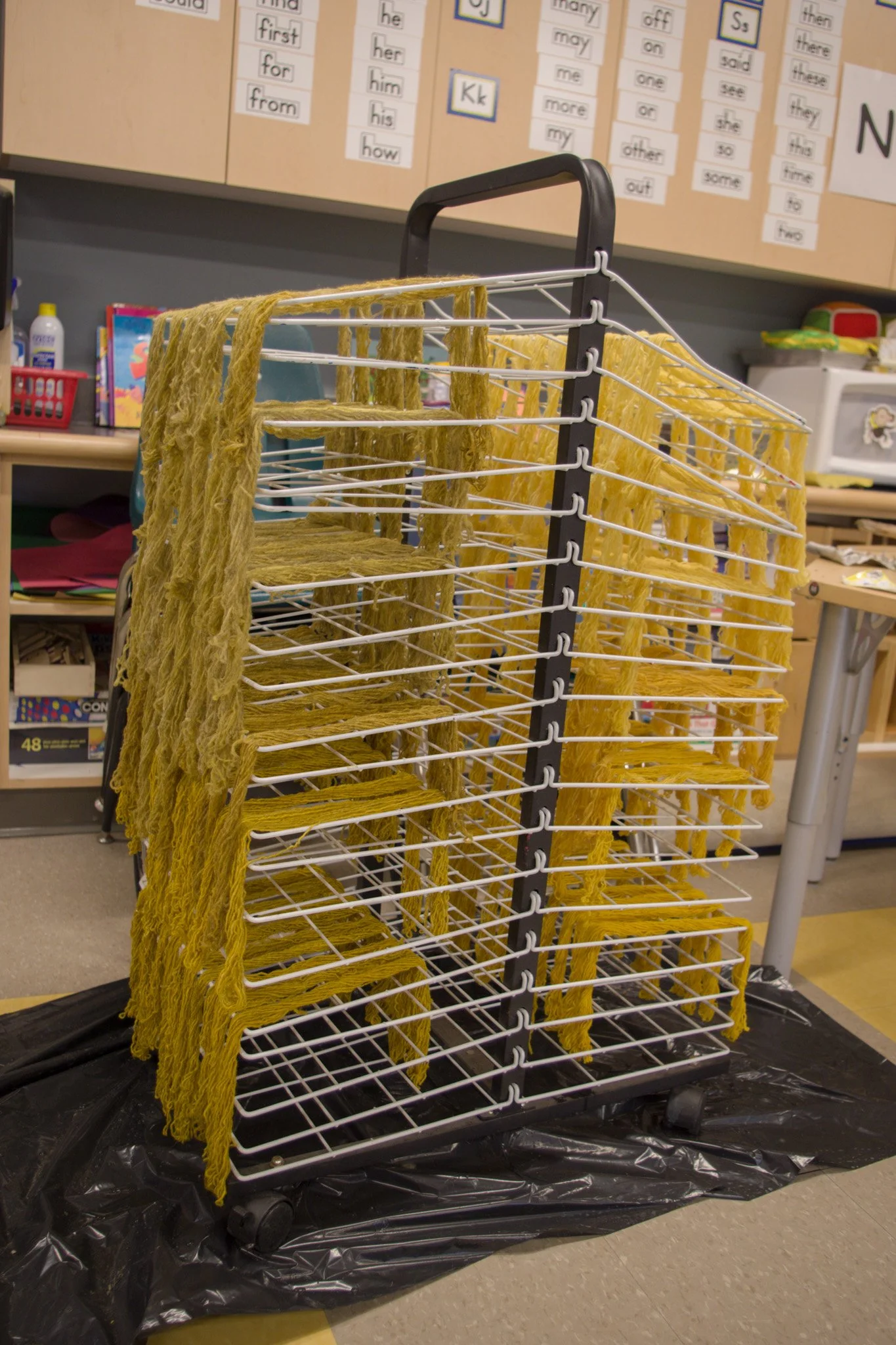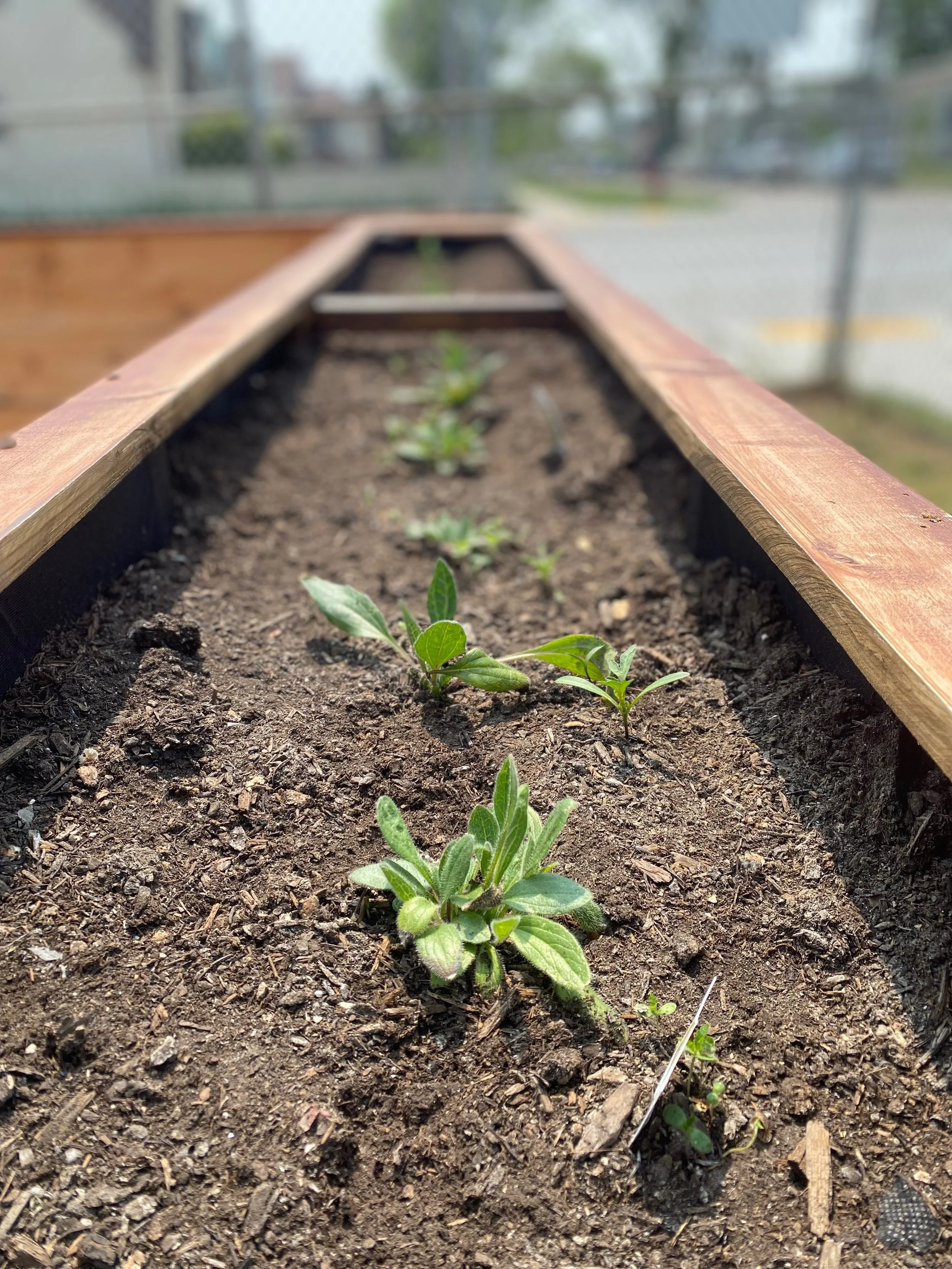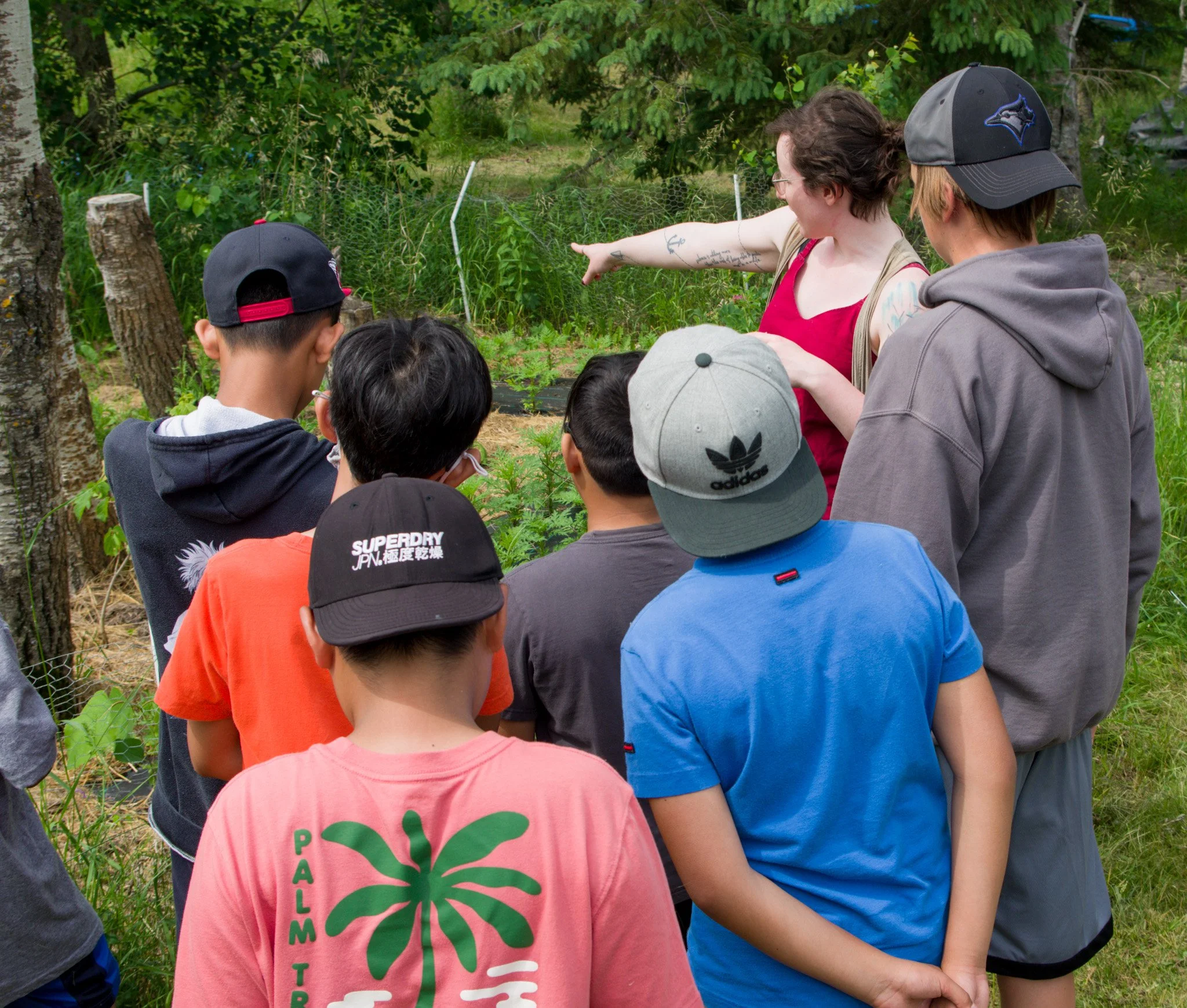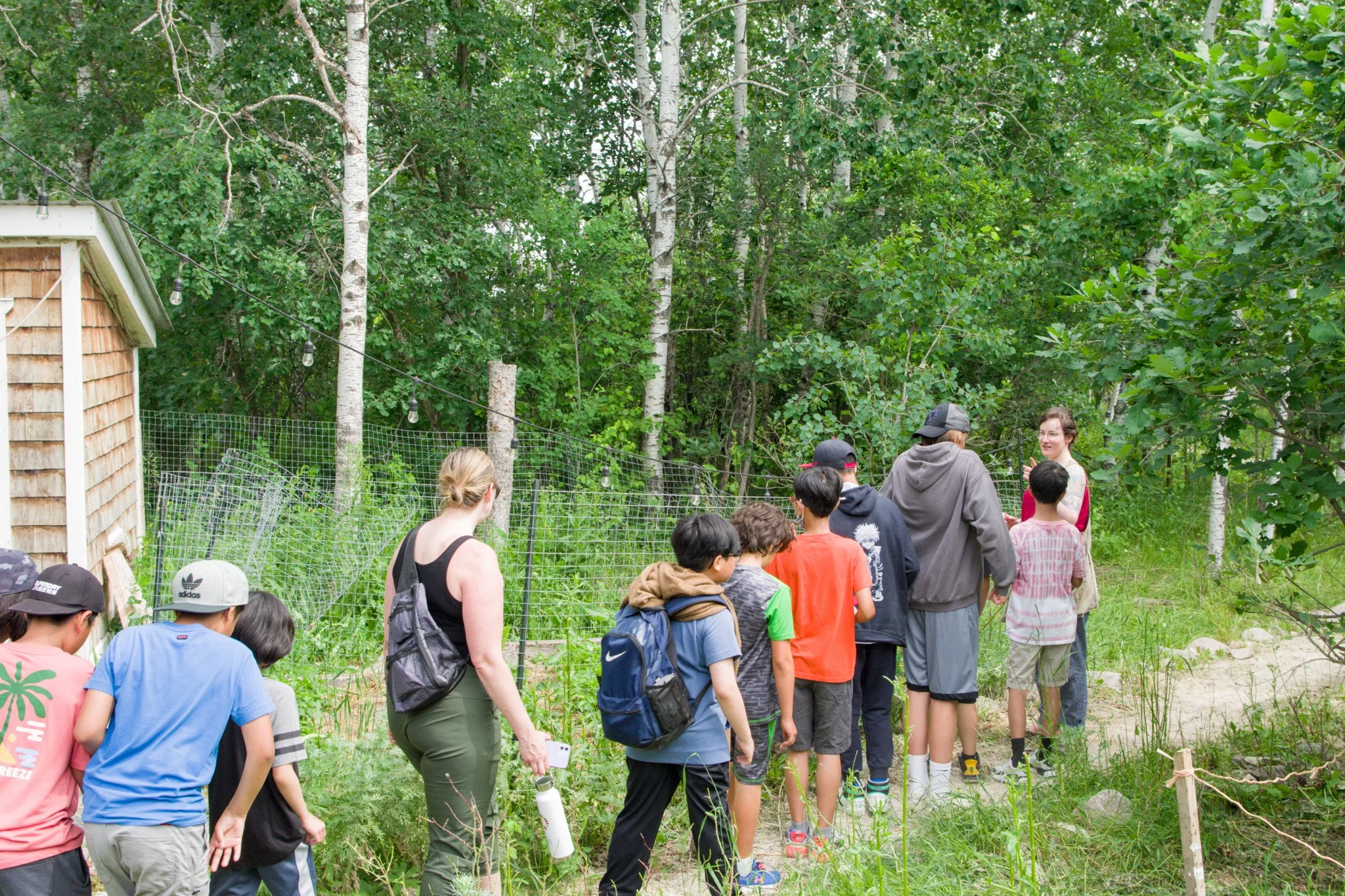
k-12 curriculum development
ash works with public and private schools across manitoba to bring natural dyeing into the classroom. students in grades nursery-12 experience hands-on learning while connecting with art, science, history, sustainability, and more.
there are currently very few resources that exist to teach children and youth how to play with natural dyes, and also a lack of simple resources or exercises for teachers and caregivers to explain the basics if they are not already knowledgeable natural dyers themselves. in an effort to make these lessons and exercises more accessible, ash has developed curriculum and resource packets organized by developmental stages (nursery-kindergarten, grades 1-3, grades 4-6, grades 7-9, and grades 10-12). students of all ages can now learn science, art, history, and more through hands-on exercises, and the adults in their lives can guide and support them without needing a degree in chemistry or art.
looking for classes for adults? check out ash’s online courses, check out upcoming live classes, or get in touch to discuss in-person workshops.
want to bring ash to your school?
get support to bring professional artists directly to your students.
ash has been teaching children and youth since 2005, and visits manitoba public and first nations schools with the manitoba arts council’s artists in schools program. applications may be submitted for the upcoming school year in june and october each year. get in touch in advance to secure your spot in ash’s calendar.
ash also works directly with schools and school divisions, including with seven oaks school division’s aki centre. if you are a teacher or administrator and would like to bring ash to your school(s), get in touch.
out of province? you can still bring ash to your school! while curriculum development prioritizes alignment with manitoba provincial curriculum, the lessons and exercises align with any science-based curriculum (faith-based private schools may not align). you can purchase the age-appropriate resources you need now from this page.
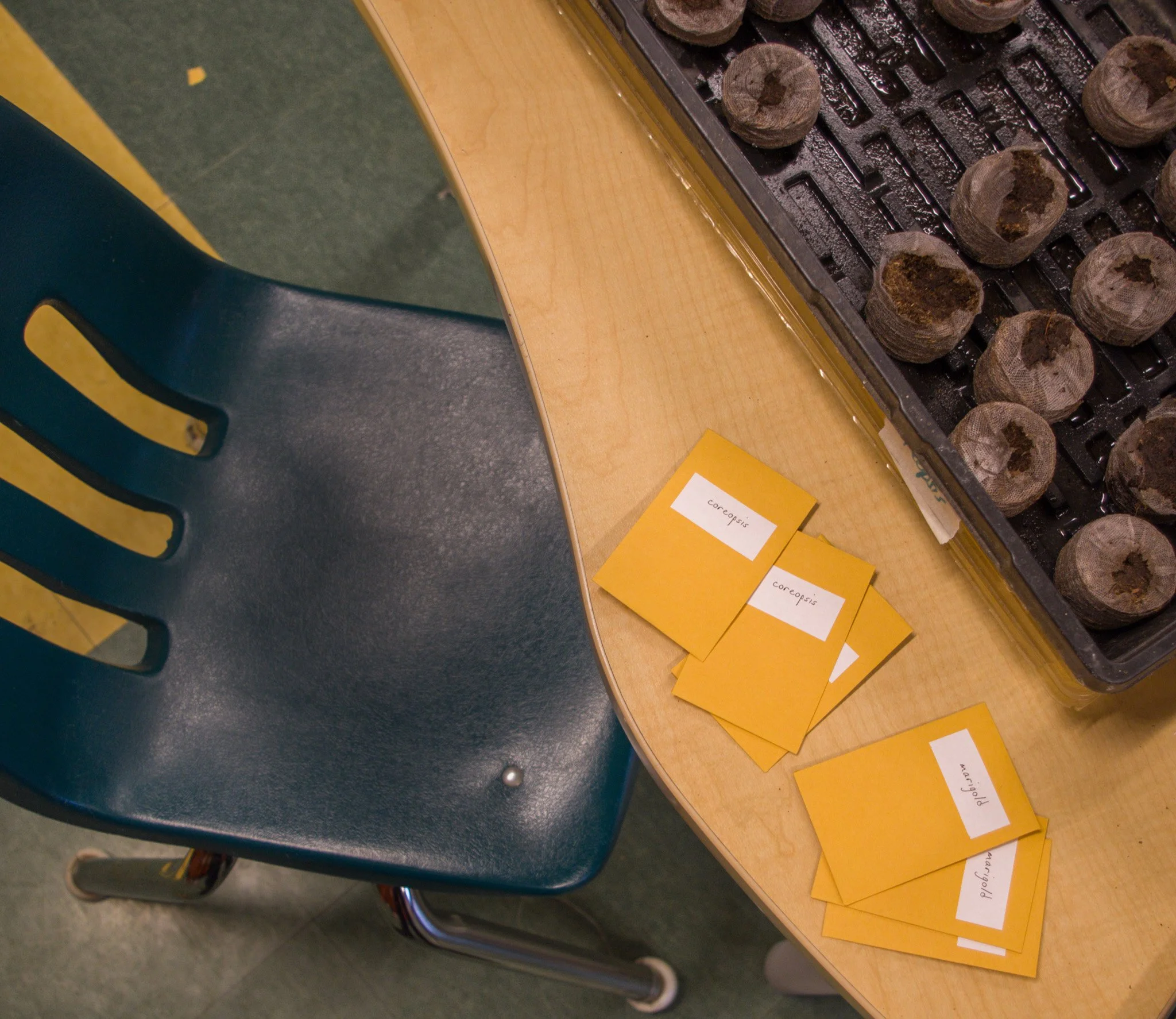
early years
this group covers nursery-kindergarten, grades 1-3, and grades 4-6. as early childhood educators know well, the learning growth experienced by these groups jumps dramatically within just the course of a single school year. you can expect students to go from identifying basic colours at the start of this period to learning basic chemistry by the end of it. (sound surprising? my experience is that the grade 1 students are usually already latching onto the science!)
examples of learning goals
basic colours
the anatomy of plants
safety around dye pots (which extends to general kitchen safety)
identifying plant-based vs. animal-based fibres
examples of in-class exercises
making a fruit indigo vat
family history exercises identifying textile traditions
planting a school dye garden
making a rainbow with different dyes on different materials

middle years
this group covers grades 7-9, although some teachers might find resources from grades 4-6 as well as grades 10-12 useful depending on the student groupings and learning levels. here is where we set the foundation for all the core science and historical/social context that grades 10-12 will dig into.
examples of learning goals
ways to connect with local fibresheds and direct producers (mills, wool farms, tanners, etc.)
sustainable dyeing practices
understanding water pH and its impact on dye results
how to exhaust and extend the life of a dye bath
examples of in-class exercises
making pigment from leftover dye pots
water experiments (using and documenting colour results from multiple water sources)
field trips to local farms/botanical gardens/parks for plant identification and additional context
how to scour and mordant fibres for dyeing

high school
this group covers grades 10-12. good news - by this stage, students should have enough context and understanding to grab any natural dyeing resource book - historical or practical - and use it for further study! we cover chemistry, the role of dyes in the history of colonialism and global trade, the impact of dye accessibility and colour value, and more good nuanced material.
examples of learning goals
understanding chemical bonds for different dye groups and different materials
knowing the historical relevance of different dyes and how we’ve maintained that knowledge
knowing the history of natural dyes locally and how they were used
identifying other uses (medicinal, culinary, ritual) for common and uncommon dye plants, and how to decide when to use them for each purpose
examples of in-class exercises
recreating historical dye recipes in a non-toxic and sustainable way
making a dye journal
making a rainbow with all-local dyes as well as imported dyes
dyeing with mushrooms and lichen
an inter-disciplinary approach
natural dyes overlap with manitoba provincial curriculum in:
01
ARTS EDUCATION
02
EDUCATION FOR SUSTAINABLE DEVELOPMENT
03
INDIGENOUS EDUCATION
04
SCIENCE
05
SOCIAL STUDIES
06
SUSTAINABLE TOURISM

